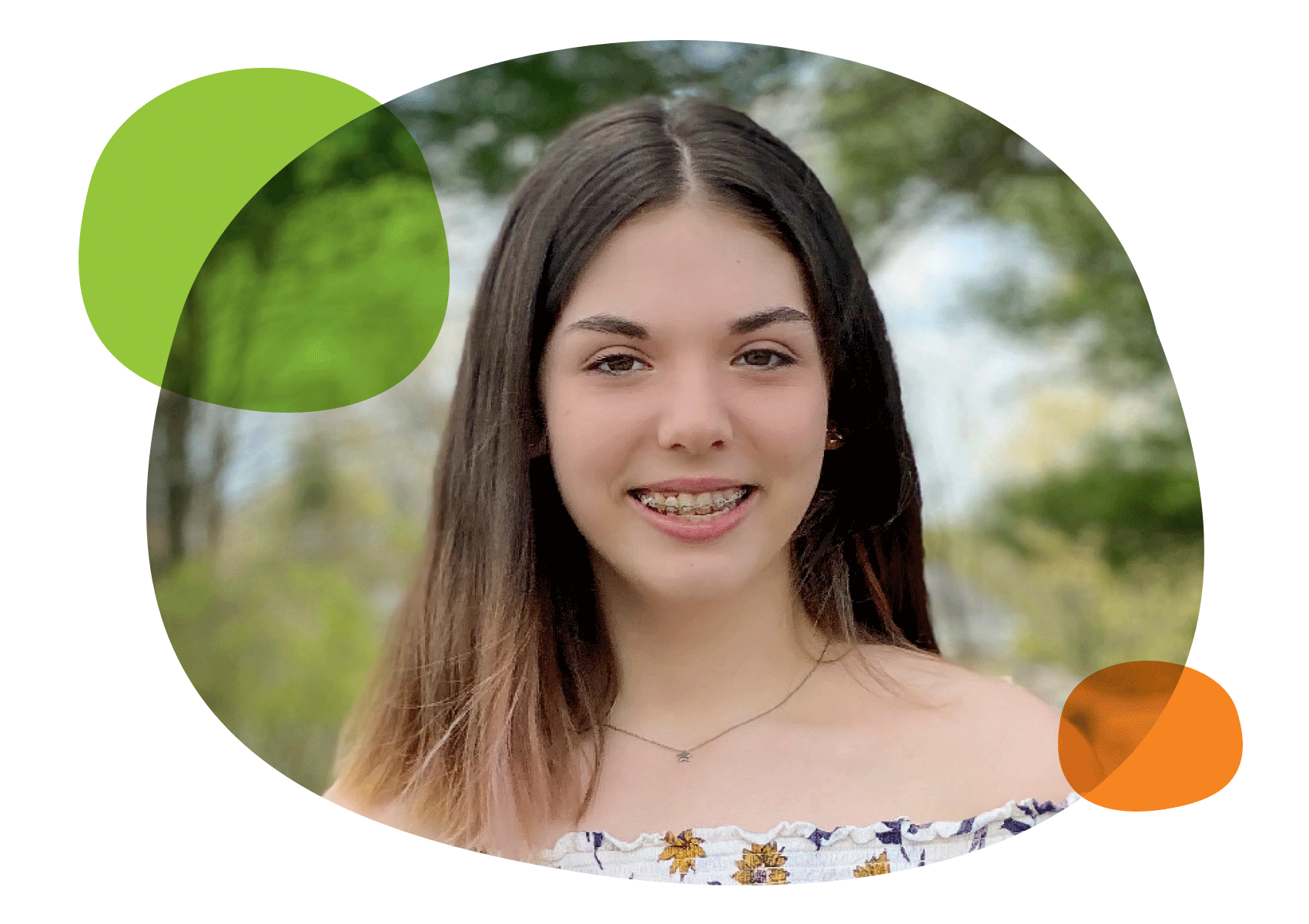Meet Emily Whitehead

The ultimate birthday present.
Emily Whitehead woke up from a medically induced coma on her seventh birthday to a joyful rendition of happy birthday sung for her by the intensive care and pediatric staff at the Children’s Hospital of Philadelphia (CHOP).
That was May 2, 2012, and Emily was the first pediatric patient in the experimental T-cell therapy clinical trial for advanced B cell leukemias and lymphomas led by Alliance for Cancer Gene Therapy Research Fellow and Scientific Advisory Council Member Carl H. June, MD, of the University of Pennsylvania Abramson Cancer Center in Philadelphia, PA.
Two years earlier, in 2010, Emily’s parents, Tom and Kari Whitehead, noticed she was experiencing unusual bleeding and bruising. After consulting with doctors at Penn State Children’s Hospital in Hershey, PA, they learned why – five-year-old Emily had acute lymphoblastic leukemia (ALL), which the doctors said was the most common and most curable form of pediatric cancer.
But not for Emily.
Standard chemotherapy treatment appeared promising at first, but a relapse in October 2011 had the Whiteheads searching for options. Their search brought them to CHOP where they met with specialists, explored the possibility of a bone marrow transplant and considered participation in a clinical drug trial. They also learned about a new approach that used a person’s own cells and genes as medicine.
Developed with early-stage funding from Alliance for Cancer Gene Therapy, Dr. June’s innovative immunotherapy protocol had been showing promising results in adults, but had not yet been approved for children. The Whiteheads returned to Penn State Children’s Hospital and scheduled a bone marrow transplant for early February 2012. After a delay by the donor and Emily’s second relapse in mid-February 2012, the Whiteheads learned that Dr. June’s gene therapy trial at CHOP had been approved for pediatric patients.
On March 1, 2012, the Whiteheads met with Stephan A. Grupp, MD, PhD, of Dr. June’s team to learn more about gene therapy and how it might help Emily. They charged forward with optimism – first with the removal of some of Emily’s own T cells, then with an aggressive round of chemotherapy. While the latter wreaked havoc on Emily’s immune system and put her in isolation for six weeks, the T cells that had been extracted from Emily were re-engineered to find and kill cancer cells.
On April 17, 2012, 10% of those re-engineered cells were re-introduced to Emily’s immune system. The next day, 30% were returned, and the following day, the remaining 60%were returned. The breathing and blood pressure problems she experienced had been expected, but their severity led to her being placed into a medically induced coma.
“Things got really bad, and Emily was in the most pain she had ever suffered,” says Tom, “We were relieved when the doctors put her into the coma. I said to the doctors, ‘I happen to feel strongly inside that she’s going to beat this, so I want you to keep trying to help her. I know you’re great doctors.’” A couple days later, the pediatric intensive care unit doctor advised there was a very slim chance their daughter would be alive when the sun came up. “I said, ‘please keep trying to help her, and I’ll see you at rounds tomorrow.’”
Tom and Kari believed.
“We refused to accept anything short of success,” says Tom. The medical team continued to closely monitor and carefully manage Emily’s condition. When they isolated a protein that had run amok in her system and administered a drug to counteract it, Emily turned the corner – just in time to celebrate her seventh birthday. A little more than a week later, they heard the words they longed to hear…
It worked. Emily is cancer free.
“Emily is a normal teenager now,” boasts Tom. “She is five feet 10 inches tall and is a super self-motivated student who gets straight As. Her medical history gave her a good understanding of science, but her passions are art and filmmaking with a new-found appreciation of math thanks to a great teacher. She exercises every day, chooses to eat healthy, and is committed to running a half marathon next year.”
The word normal could be questioned when you hear about those clamoring to meet Emily and celebrate her success. Lady Gaga sang to her on stage, Steven Spielberg twice invited her to his movie sets and former President Barack Obama made sure she was at the White House on the day he announced his Precision Medicine Initiative.
“Our family has had many opportunities to travel to amazing places to tell Emily’s story,” says Tom. “If the Alliance hadn’t funded Carl June’s early research, Emily wouldn’t be here. They saved our family. Now we try to do as much as possible to raise funds for additional research and bring more awareness to the power and potential of cancer cell and gene therapies.”
The family started the Emily Whitehead Foundation to “help others have the same success we did,” says Tom.
While Emily herself chooses not to remember the “painful stuff,” says Tom, she shares hope for a future where fewer children face pain and uncertainty. The latest effort in the family’s desire to give back is their recent book, Praying for Emily: The Faith, Science, and Miracles that Saved Our Daughter. It is their hope this book helps other parents better navigate the journey.



